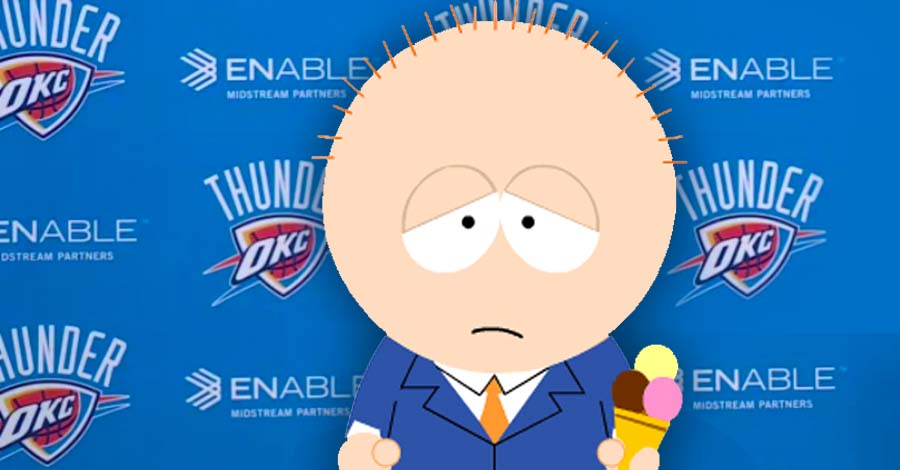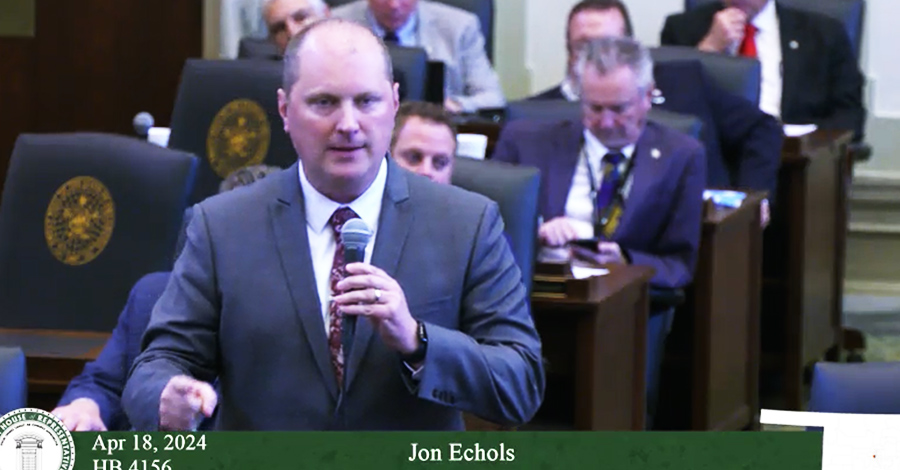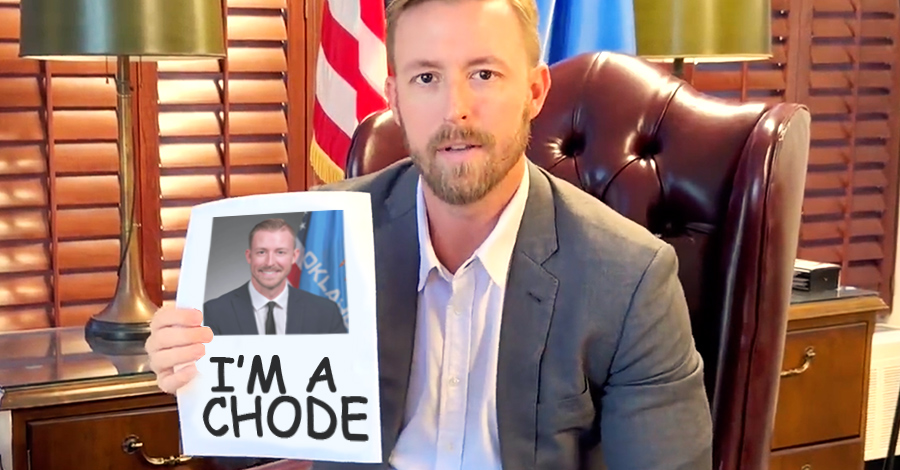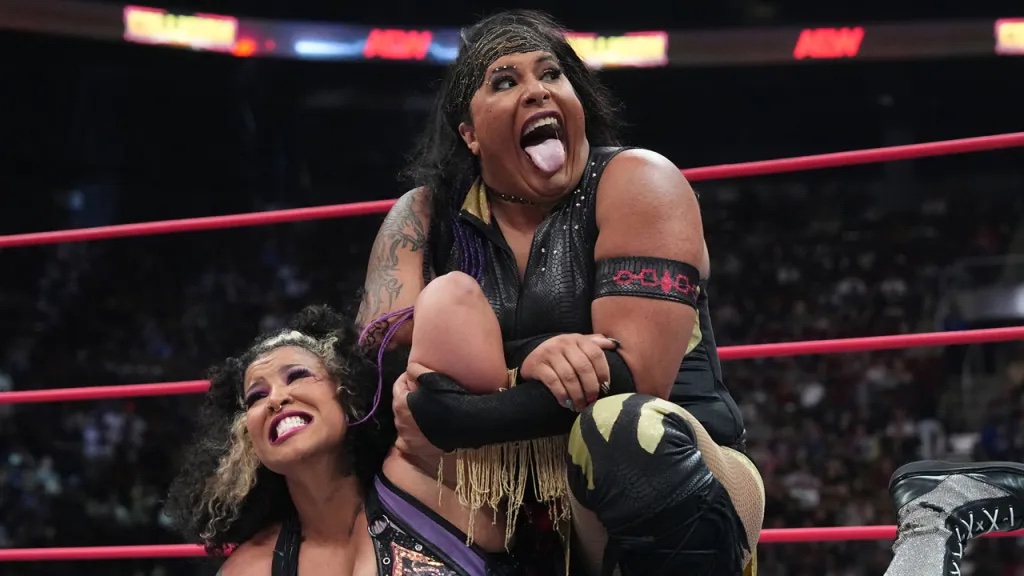Peace, Love and Thunderstanding: Draft Postmortem

Fireworks for promised for the NBA Draft last Thursday. Loaded with assets and a wheeler-dealer general manager leading the charge, Thunder fans expected a lot of activity from their team. Instead, the end result was mostly a dud.
All-day, rumors swirled that Oklahoma City was the most active team in trade discussions. Some believed they were willing to offload franchise centerpiece Shai Gilgeous-Alexander for as little as an incremental advance in the draft order. Then, as the names were called in Brooklyn, nothing happened.
The first five picks went just about how most analysts predicted. Oklahoma State’s Cade Cunningham went to Detroit. The Rockets selected G-League product Jalen Green. Cleveland made noise about trading the third pick, but their ridiculous demands were not met, so they took Evan Mobley out of USC. Toronto surprised a few by selecting rumored OKC target Scottie Barnes at four, but then Orlando got things back on track by taking Gonzaga’s Jalen Suggs.
With all the marquee names off the board, the Thunder at six were the first team with a true mystery to go on the clock. Would they take UConn scoring machine James Bouknight, who had been linked to them? Would they swing for the fences with Jonathan Kuminga and his tantalizing potential? Or would they make everyone say, “Huh?”
They went with the last option and selected Australian teen heartthrob Josh Giddey. He was a name I included on my list of players to get familiar with in my draft preview last week (I described him as “the Australian Cade Cunningham”), but I added him expecting that he could be considered with the 16th or 18th pick OKC possessed. Needless to say, the pick was seen as a reach in the mid-lottery range.
There will be more on Giddey later, but the Thunder’s draft had just begun. As the rest of the lottery unfolded, especially as Bouknight and analytic darling Alperen Sengun tumbled out of the top-10, OKC fans kept expecting to get notification that the Thunder were going to make a trade to consolidate their other picks, or even use some future capital.
It never happened.
In fact, when a trade for OKC finally materialized, it was simply offloading the first-rounder that was acquired in the Al Horford trade for more future first-round picks. The team later did consolidate two of their second-rounders so they could move up two spaces to take future OKC Blue player Jeremiah Robinson-Earl. In between the two not-so-blockbuster trades, the Thunder selected Florida Gator sophomore Tre Mann with the 18th pick.
In the end, it felt like Mike Gundy was in charge of the draft and sent out the punt unit. Jacob Kniffen of The Uncontested podcast previewed the draft and the likelihood of trades by pointing out that the Thunder were never going to be in better position to make a splash. Going into the draft, Sam Presti possessed 17 first-round picks over the next five years, and after the draft, that would be depleted. This was the time to make something happen.
The day after the draft, though, Presti still possessed 17 future first-round picks because he parlayed Alperen Sengun into two more first-rounders and then got another attached to Derrick Favors in a trade with Utah. Basically, the Thunder were in the same position as they were before, and that is not good for fans hoping to see a rapid rebuild. The plan of tanking look to have been extended a year.
Josh Giddey
Despite the disappointment of how the draft played out, I actually do like what the first Thunder pick could bring to the franchise. A 6’9” point forward, Giddey was promoted to be the best passer in the draft class and was the second-youngest player taken on Thursday night (only San Antonio’s Joshua Primo was born later).
Having played in a professional setting in Australia, the expectation is that he will be better prepared for the transition to the NBA than a kid who spent a year of American college sequestered to his dorm because of COVID. Playing against full-grown men, Giddey more than held his own, and his Adelaide 36ers performed much better when he played than when he missed games. This is not the same as when Terrence Ferguson played in the same league during his gap year and barely saw the floor.
Giddey’s selection also continues a new trend in the OKC front office. In the past, the Thunder have seemed to value athletic prowess and length over all else. Since losing Troy Weaver from the evaluation team (he is now the GM of the Pistons), though, basketball IQ has appeared to usurp athleticism in the hierarchy of needs. Recent draft picks like Aleksej Pokusevski and, now, Giddey are more gifted at ball handling and floor vision. (They still have the ridiculous wingspans that the Thunder have always coveted.)
This fits with Thunder coach Mark Daignault’s system of allowing anyone on the floor to lead the offense. Last season, whoever rebounded the ball was expected to get the ball moving up the floor--leading to some hilarious panicked dribbles by Al Horford. The team is going more and more to positionless basketball, made clear by lineups in which Poku often played “guard” despite his 7’1” frame. Giddey has the skills to play the point guard position, but the size to defend just about any position.
The weaknesses for Giddey start with the athleticism hinted at earlier. The Thunder selected him in spite of his athletic gifts. He is not a bad athlete, per se, but he isn’t going to wow fans with is spring off the floor like past Thunder draft picks have.
In addition, stop me if you have heard this before about a Presti draft pick, he needs to improve his shot. While his form is not broken in the mold of Andre Roberson, his shot has not fallen enough to make opposing defenders worry about leaving him open. As a 17-year-old playing in Australia’s NBL, Giddey knocked down 29% of his three-point attempts, which is about on par with Russell Westbrook. Not good. Because of his youth, there is reason to believe this can improve. On the other hand, he only shot a pedestrian 69% on free throws, which is generally a bellwether for indicating the likelihood of a three-point shot developing.
Tre Mann
If there is any hope for Giddey becoming a good shooter, #18 pick Tre Mann can be the example for hope. As a freshman at the University of Florida, Mann was not a good shooter. His split of 36% overall, 28% from three, and 66% at the line were pretty close to what Giddey did last season. Yet, on Wednesday, Mann was chosen because he was one of the best shooters available in the middle of the first round.
The transformation was quite impressive. During quarantine, Mann figured out how to put the ball in the basket. As a sophomore, he split 46%/40%/83%. His points per game jumped from 5.3 to 16.0 as a result. If Mann brings nothing else to the Thunder, he can at least show his draft class brother the drills he did to improve.
Second Rounders
Oklahoma City selected two players in the second round of the draft: Villanova’s Jeremiah Robinson-Earl and Maryland’s Aaron Wiggins. I would break down their skills, but considering that only three players selected in the second round by Sam Presti have ever made a significant impact on the Thunder (Alex Abrines, Hamidou Diallo, and Theo Maledon), that would be a waste of both our time.
Derrick Favors
The day after the draft, Presti utilized the team’s cap space to bring in a traditional center for the team, and another future first-round pick. Derrick Favors backed up Rudy Gobert for the Jazz this past season but made little impact in his 15 minutes/game on the floor. At 30 years old, he is not the type of player the Thunder will be looking to as a long-term answer. He could provide some veteran presence in the locker room in the near term.
Next week….
The free agency period has opened which also means trade scenarios are heating up. Plus, Summer League is on the horizon. There could be a lot to discuss.
Stay in touch
Sign up for our free newsletter




